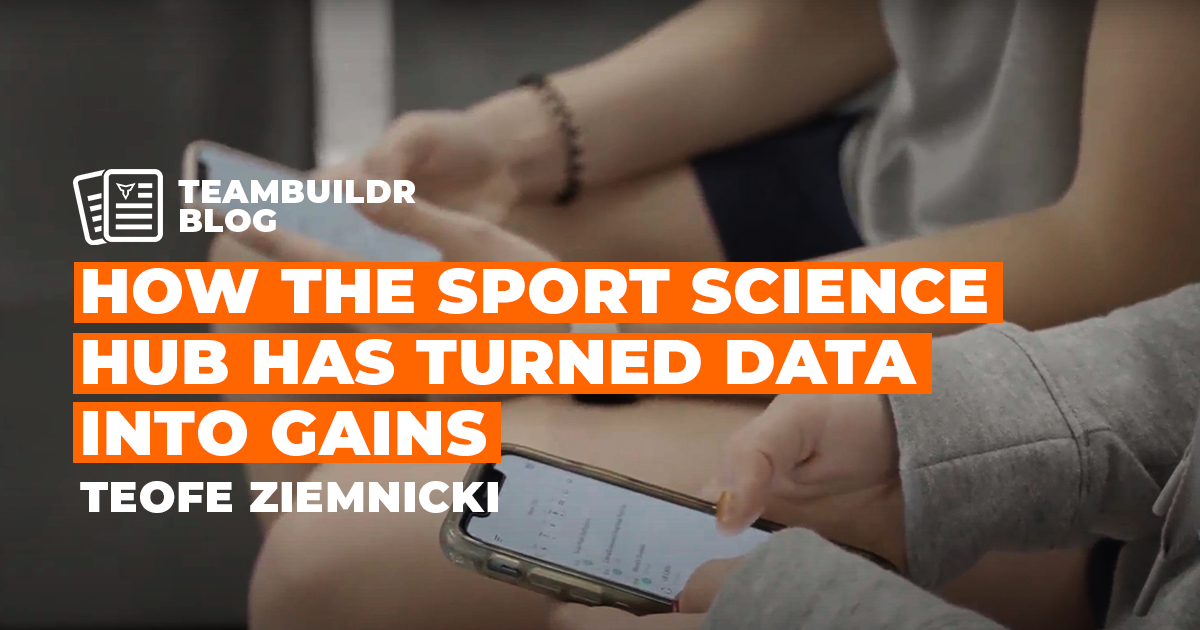Private Facility Summer Training That Delivers: Building More Explosive Athletes
Ahhh the summer. As many of you know, our summer season is where we make tremendous physical strides; athletes and folks from all backgrounds are putting in countless hours to continue moving the needle forward. The freedom and flexibility to put in purposeful work through systematic training is unparalleled and, with proper monitoring, is able to yield measurable results.
From April to July, we put our athletes to the test — literally. Using consistent, objective testing protocols, we tracked key markers of performance: jump height, power output, and linear speed. What we found wasn’t just encouraging — it was defining.
Across our multi-sport population, we saw measurable improvements in explosiveness, with the most consistent jumps in Countermovement Jump (CMJ) height, relative peak power, and sprint acceleration. These aren't just numbers on a spreadsheet — they’re the physical evidence of training done with intention. Below is a summary of results from our testing spreadsheet focusing on April through July.
Vertical Gains: CMJ Height is Climbing
The CMJ (analyzing impulse and momentum) is one of our go-to measures for assessing raw lower-body explosiveness. It’s easy to interpret, reliable, easier to standardize, and brutally honest. We use Vald Force Decks as our system for collecting data. Here’s a quick summary of how we collect the CMJ:
- Load the athlete profile
- Cue the athlete to stand still for a more accurate weigh-in
- Standardized jump cue:
- “Keep your hands on your hips and jump hard, fast, and as high as you can.”
- Repeat with a 10-20 second break in between
It’s important to ensure you standardize cues for athletes in order to collect better data. The more standardized the routine for collection (time of the week, before/after prep work, visual and/or auditory cues, etc.), the more consistent your data will be.
From the spring testing block to now, the average CMJ height across athletes has risen, with many adding between 1.5 to 3.5 inches, and top performers gaining upwards of 4 inches.
That’s not small progress. That’s an athlete going from a decent jump to a difference-maker at the net or on open ice.
Why does this matter?
In female hockey and volleyball, elite university-level CMJs hover around 11.7"–13.7" (standards from NSCA literature), and our top girls are now knocking on that door — some already stepping through it. For male athletes, high school to pro norms range from 15" to 17.5", and we’ve had several crack or even surpass that mark.
These aren’t just PRs — they’re passports to the next level.
Relative Peak Power (W/kg): The Engine Behind the Jump
While jump height is what gets the oohs and aahs, relative peak power — measured in watts per kilogram — is the engine behind the leap. It's a measure of how much power an athlete produces in relation to their body mass. In other words, it’s not just how hard you push — it’s how hard you push per kilogram.
We use the CMJ as our test for relative peak power; using the Vald Force Decks, we’re able to collect multiple points, and power is one of them. The testing process is described above.
Since April, we’ve seen consistent improvements in W/kg outputs, especially in athletes who followed individualized strength-speed protocols. The average gains tell a simple story: power is increasing without unnecessary weight gain, which means more efficient, sport-specific force production. Even for athletes looking to add body weight, we’ve still seen relative improvements with a higher mass (win-win for our athletes and football players).
Put bluntly: athletes got stronger, faster, and leaner — all at once.
Sprinting: Closing the Gap from Explosive to Elite
Linear speed testing revealed another exciting trend: faster first steps.
Again, we use the Vald Smart Speed timing gates for our measurement. It’s important to note that we allow athletes a 1-yard fly-in to start their test. We’ve found this helpful and more practical as it pertains to running large groups. It removes the barrier for technical error, should athletes struggle with breaking the lasers from a starting position. A quick “run through” for conducting the sprint tests:
- Have the athlete set up in their most comfortable 2-point stance
- Cue them:
- “When ready, run as fast as you can through the final gate.”
- Rest 1-2minutes (depending on distance) between trials
With Vald Smart Speed gates, you are able to cue entire groups and/or teams to have them go one after the other. This “wave-like” structure makes it easier for us to run through larger groups in a timely fashion.
Our 10-yard and 20-yard dash data showed marked improvements, particularly in the early phase (10-yard). This is crucial — that first burst off the line is where games are won. From April to July:
- 10-yard dash times dropped by 0.05 to 0.12 seconds on average
- 20-yard dash improvements ranged from 0.07 to 0.15 seconds
That may not sound like much, but at the level we’re training for, it’s huge. In speed-based sports, shaving a tenth of a second is the difference between getting to the puck first, winning the loose ball, or shutting down an attacker.
And perhaps most telling: athletes who improved their relative power often improved their 10-yard splits, showing the transfer from vertical force production to horizontal acceleration.
What Drove These Results?
We didn’t guess. We didn’t just hope they’d “get faster.” Here’s what fueled the rise:
- Tailored strength work: Each athlete had their loading strategy based on testing
- Vertical/horizontal jump progressions: From pogo hops to max-effort approach jumps
- Speed drills with intent: Sprint mechanics, resisted sprints, and actual timed feedback
- Weekly accountability: Athletes tracked, trended, and owned their progress
Here’s a video of what we look at on our Athlete Report Card to help drive performance:
The report card you see in the video is what we print off (a standard PDF). We like to do a brief screen recording for each athlete that summarizes performance; usually, they’ll get a report every 6-12 weeks, depending. We’ve included a screenshot below for reference:
Working in the private sector, I’d argue we are held to a higher standard when it comes to results; having folks pay out of pocket means there are clear expectations of the results of services they get in exchange. Being able to quantify what may impact them through these report cards and video summaries makes it easier for us to have meaningful conversations with both athletes and parents as it pertains to them getting closer to their performance goals.
Takeaways: Testing Creates Targets
Testing isn’t just about performance, nor is it the end-all be-all. It is simply narrowing the grouping for error to get us closer to what may matter and to what degree. Simply put, it creates direction. It tells us:
- Who needs more power vs. who needs more speed
- Whether training adaptations are working
- Which athletes are ready to level up, and which ones need a pivot
We’re proud of the results. But more than that, we’re proud of the intent behind the results. Our athletes and people didn’t just show up — they showed out.
And the data proves it.
Subscribe to our blog
Subscribe to receive the latest blog posts to your inbox every week.
Related posts

6 Programs That Your Athletes Can Do At Home

How to Build a Remote Training System for Tactical Athletes

